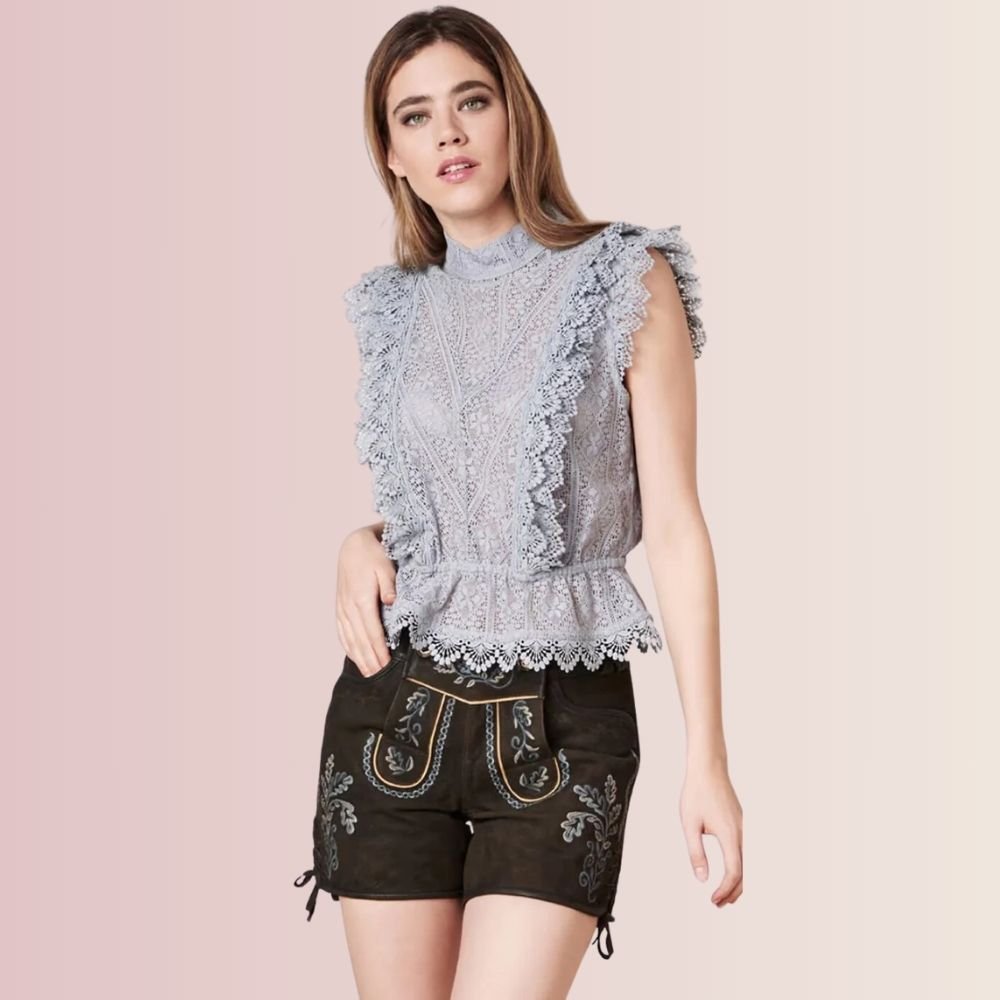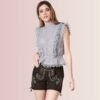German Traditional Clothing: A Timeless Fashion Statement
German traditional clothing, known for its rich heritage and vibrant designs, has captivated fashion enthusiasts worldwide. From the elegant Dirndl to the rugged Lederhosen, these outfits reflect Germany’s cultural diversity and historical significance. Whether you’re attending Oktoberfest, a folk festival, or simply embracing European fashion, German traditional wear offers a perfect blend of style and tradition.
The History of German Traditional Clothing
German attire dates back centuries, influenced by regional customs, climate, and social status. Each German state developed unique styles, with Bavaria and Austria being the most famous for their traditional outfits.
- 18th & 19th Century: Peasants wore durable, functional clothing, while nobility favored elaborate designs.
- 20th Century: Traditional wear became a symbol of national pride, especially during festivals.
- Modern Era: Today, these outfits are popular globally, especially during cultural events like Oktoberfest.
Popular Types of German Traditional Clothing
1. Dirndl – The Classic German Dress
The Dirndl is a feminine, elegant dress consisting of:
- Bodice: Fitted and often decorated with embroidery.
- Blouse: White or colorful, with puff sleeves.
- Skirt: Flowy and knee-length, paired with an apron.
Symbolism: The apron’s knot indicates marital status:
- Left side = Single
- Right side = Married/Taken
- Middle = Virgin
- Back = Widow
2. Lederhosen – Traditional Leather Pants
Originally worn by Alpine workers, Lederhosen are:
- Made from durable leather
- Features embroidery & suspenders
- Paired with checkered shirts & wool socks
Modern Use: Now a staple at beer festivals and mountain hikes.
3. Trachten Jackets & Vests
- Men’s Jackets: Wool or tweed, often with horn buttons.
- Women’s Vests: Worn over Dirndl blouses for added elegance.
4. Gamsbart & Hats
- Gamsbart: A decorative tuft of hair on hats, symbolizing Alpine tradition.
- Fedoras & Alpine Hats: Commonly paired with Trachten outfits.
Why Choose Authentic German Clothing?
✅ High-Quality Materials – Linen, wool, and genuine leather ensure durability.
✅ Handcrafted Details – Intricate embroidery and stitching.
✅ Cultural Significance – Connects wearers to German heritage.
✅ Versatile Fashion – Perfect for festivals, weddings, and themed parties.
How to Style German Traditional Outfits
For Women:
- Dirndl + Elegant Blouse + Apron
- Accessorize with a Braided Hairstyle & Pearls
- Comfortable Mary Jane Shoes
For Men:
- Lederhosen + Checkered Shirt + Suspenders
- Wool Socks + Haferl Shoes
- Complete with a Classic Fedora
Where to Wear German Traditional Clothing
- Oktoberfest – The ultimate celebration of Bavarian culture.
- Folk Festivals & Weddings – Embrace heritage with style.
- Cultural Events & Themed Parties – Stand out in authentic attire.
Buying Guide: How to Choose the Best German Outfit
- Fabric Quality – Opt for natural materials like cotton, linen, or leather.
- Fit & Comfort – Ensure proper sizing for ease of movement.
- Authentic Design – Look for traditional embroidery and patterns.
- Reputable Seller – Purchase from trusted brands specializing in Trachten.
Frequently Asked Questions (FAQs)
Q: Can I wear a Dirndl if I’m not German?
A: Absolutely! German traditional clothing is loved worldwide and welcomes everyone.
Q: How do I clean a Lederhosen?
A: Use a damp cloth for spot cleaning; avoid machine washing to preserve leather quality.
Q: Are these outfits only for Oktoberfest?
A: No! They’re great for weddings, festivals, and even casual outings.
Final Thoughts: Embrace German Culture with Style
German traditional clothing is more than just fashion—it’s a celebration of history, craftsmanship, and cultural pride. Whether you’re dressing up for Oktoberfest or adding a unique piece to your wardrobe, a Dirndl or Lederhosen is a timeless choice.
Shop our exclusive collection today and experience the charm of German heritage!








Reviews
There are no reviews yet.